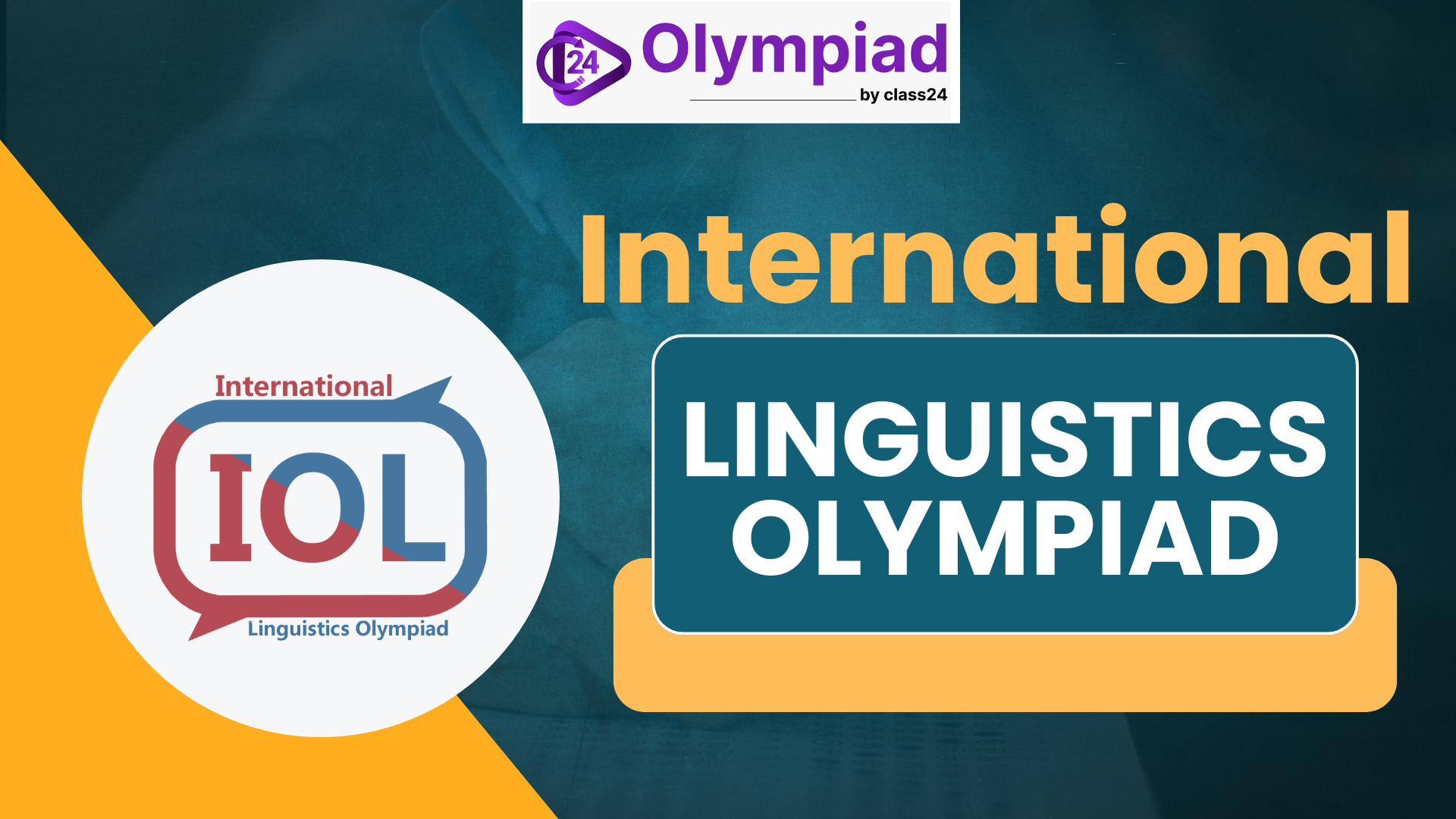
The International Linguistics Olympiad (ILO) is one of the most fascinating and intellectually challenging academic competitions in the world. It brings together talented school students who enjoy solving logical and language-based puzzles that test their reasoning, creativity, and analytical thinking. Established in 2003, the ILO is hosted every year in a different country, typically between late July and mid-August, where participants compete both individually and in teams to decode the hidden patterns behind human languages.
The best part about the ILO is that it doesn’t test your knowledge of any specific language. Instead, it focuses on logic, structure, and linguistic reasoning. Even if you have no prior experience in linguistics, you can still solve the problems by using pure logic, observation, and pattern recognition. The Olympiad promotes deep analytical skills, cross-cultural awareness, and innovative problem-solving making it an ideal platform for curious and logical minds who love to explore how languages function.
Linguistics Olympiad problems are like logic puzzles based on real languages. Each problem presents a dataset (called a corpus) that includes words, phrases, or sentences in an unfamiliar language, along with their English translations — sometimes ordered and sometimes mixed.
Your task as a participant is to decode the hidden rules behind that language — whether it’s grammar, meaning, or sentence structure — using reasoning and pattern analysis. The key point is that no external linguistic knowledge is required. Every question is self-contained, meaning all the clues you need are already within the problem itself.
For example, if a word changes slightly when it refers to more than one object, you can identify that as a pluralization rule. Once you recognize the pattern, it applies consistently across the dataset. This makes linguistics problems not just challenging but also incredibly rewarding when solved logically.
Every problem in the Linguistics Olympiad typically follows a well-defined structure consisting of four main parts (excluding title and author):
1. Introduction
2. Dataset (Corpus)
This is the main section containing language examples and their translations.
Your job is to uncover the logic of the foreign language by matching patterns, forms, and meanings.
3. Tasks
After the dataset, you’ll find the questions or tasks you need to perform. For Chaos-and-Order problems, the first task is usually:
“Determine the correct correspondences.”
Then you may see instructions like:
These tasks check your ability to identify and apply language rules.
4. Notes
Each problem ends with a “Notes” section that provides additional details about the featured language — such as its origin, number of speakers, or language family. Although this doesn’t affect problem-solving, it helps you appreciate linguistic diversity and cultural context.
Linguistics Olympiad problems are classified into several categories based on the specific linguistic area they focus on:
1. Writing Systems
These problems feature unfamiliar scripts and their transliterations into the Latin alphabet. Students analyze how different scripts represent sounds or meanings. They can be either Rosetta Stone or Chaos-and-Order types.
2. Phonetics and Phonology
These problems focus on sound patterns — how pronunciation changes in words or dialects. They usually belong to the Rosetta Stone category and require careful observation of sound shifts and forms.
3. Morphology
Morphology-based problems explore how words are formed and structured. They are divided into:
4. Syntax
Syntax problems deal with sentence structure and word order. They often combine noun and verb morphology to analyze how words come together to form meaningful sentences. Most syntax problems are Rosetta Stone for easier comprehension.
5. Semantics
These focus on word meanings and relationships rather than grammar. Students identify meaning-based patterns. Semantic problems are always Chaos-and-Order type because meaning analysis relies on contextual comparison.
6. Number Systems
These problems explore how different languages express numbers. The dataset may include numbers written in the target language and their numerical equivalents. Some even feature mathematical expressions written entirely in that language.
7. Other Specialized Problem Types
Apart from the main categories, the Olympiad may also include unique problem types like:
Such variety keeps the competition dynamic and mentally stimulating.
Preparation for the International Linguistics Olympiad requires a mix of practice, logical reasoning, and patience. Start with previous year problems from both national and international rounds to get familiar with question types. Strengthen your reasoning, pattern recognition, and analytical skills through regular practice.
At Class24, students receive expert guidance, well-structured study resources, and interactive sessions that make ILO preparation smooth and effective. Our mentors teach you how to analyze linguistic problems systematically, build logical reasoning, and gain confidence for competition-level problem solving.
Join Class24’s ILO Preparation Program and take your first step toward mastering the language of logic and analysis!
Download official International Linguistics Olympiad (ILO) Past Year Papers to explore linguistics problems from real contests. These papers include Team Assignments, Individual Contests, and Solutions to help you strengthen analytical and reasoning skills in language patterns and structures.
| Year | Paper Title | Download PDF |
|---|---|---|
| – | Team Contest Assignment | Download PDF |
| 2004 | 2nd IOL Moscow 2004 Individual Solutions | Download PDF |
| 2004 | 2nd IOL Moscow 2004 Team Contest | Download PDF |
| 2003 | 1st IOL Borovetz 2003 Team Solutions | Download PDF |
| 2003 | 1st IOL Borovetz 2003 Team Contest | Download PDF |
| 2003 | 1st IOL Borovetz 2003 Individual Solutions | Download PDF |
| 2003 | 1st IOL Borovetz 2003 Individual Contest | Download PDF |
| – | Georgian Countries | Download PDF |
| – | Linguistics Olympiads Overview | Download PDF |
| 2014 | Panini Senior Linguistics Olympiad 2014 | Download PDF |
Note: These ILO papers are meant for academic use only. Practicing them helps students build linguistic intuition and problem-solving ability essential for national and international linguistics competitions.




Leave a Comment